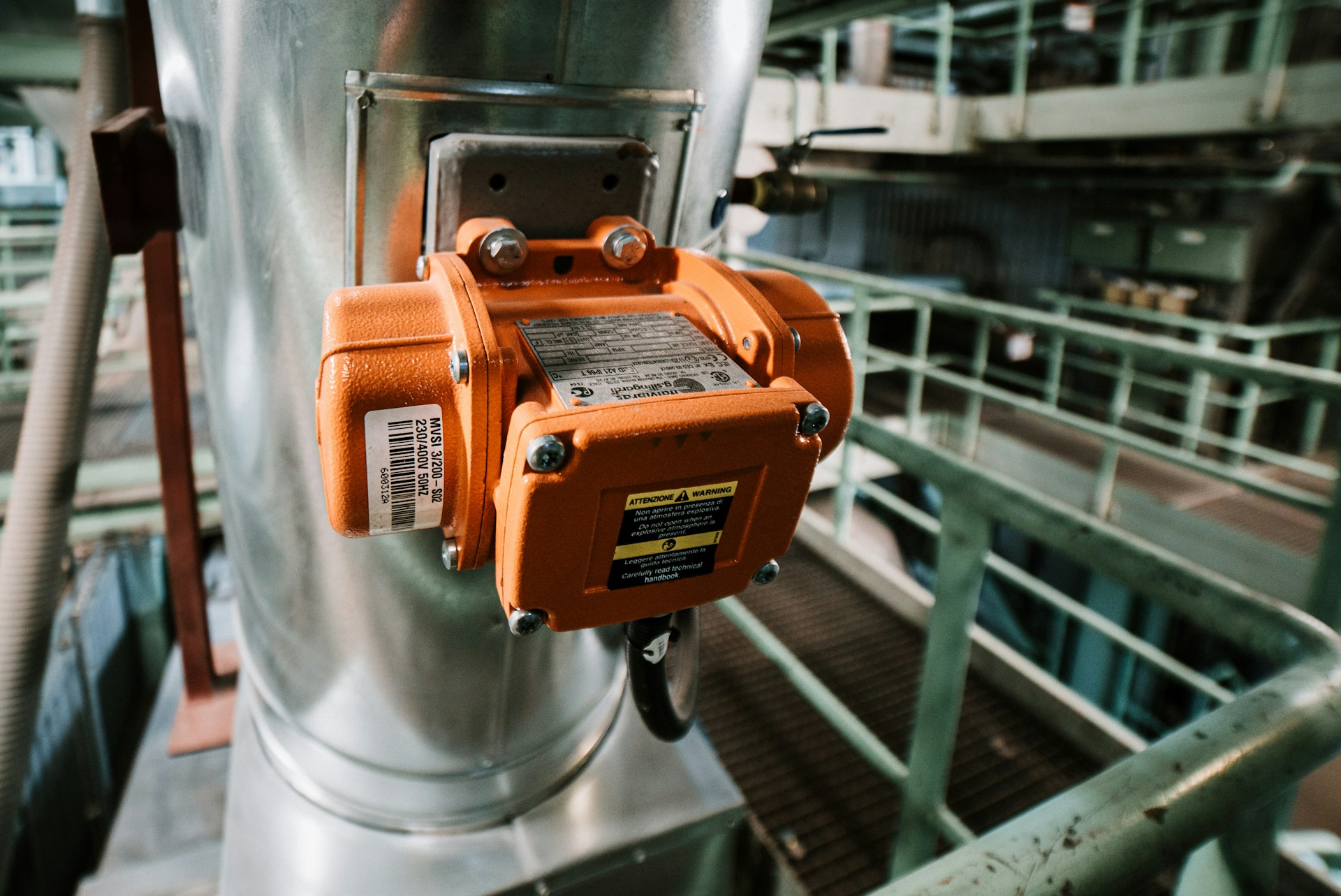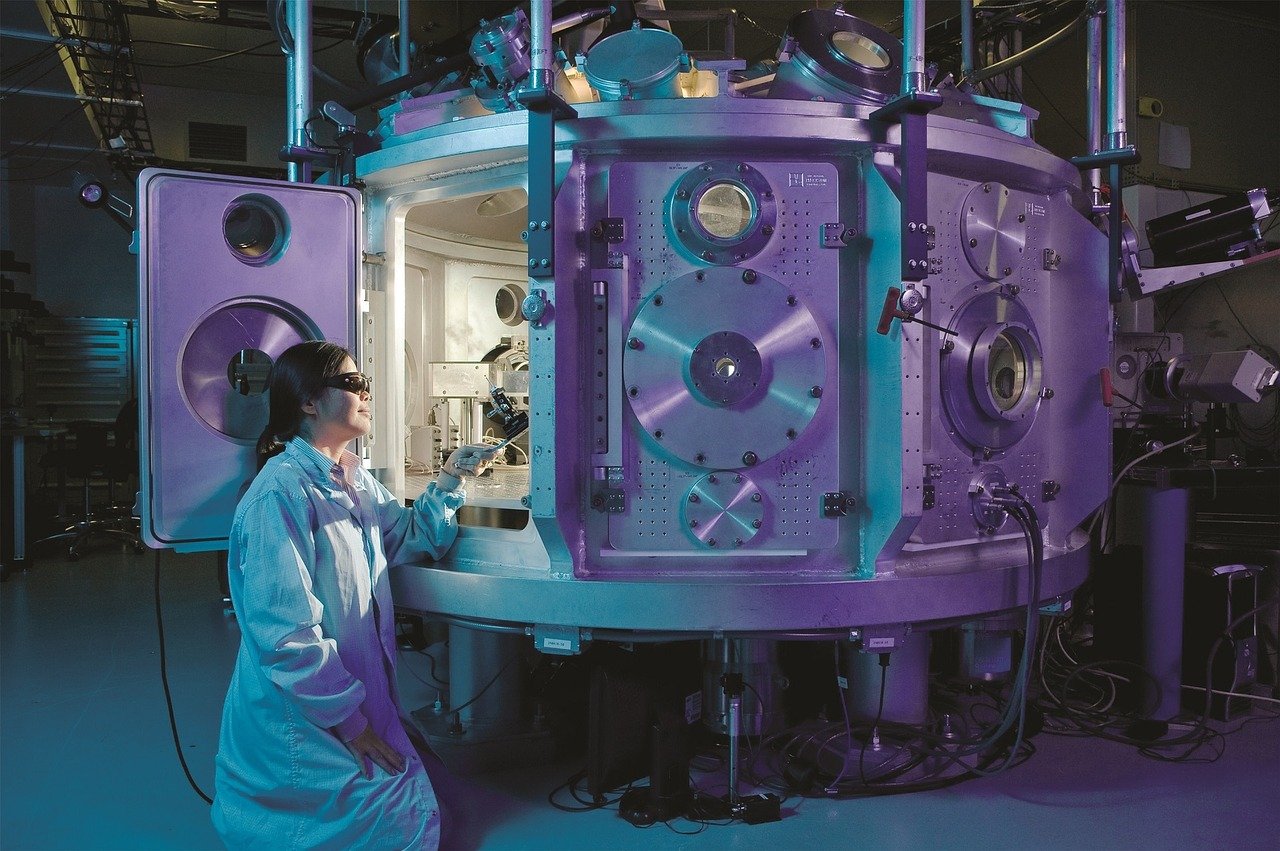Selecting the appropriate pump size is crucial for the efficiency and longevity of your pumping system.
Incorrect pump sizing can lead to a multitude of problems, such as energy inefficiency, increased wear and tear, and premature pump failure. Understanding the technical aspects of pump sizing is fundamental; this includes knowing the differential pressure, fluid temperature, and other key characteristics of the fluid being pumped.

A well-sized pump ensures that the flow rate and pressure requirements of your system are met without excessive energy consumption. To aid in this process, referring to a comprehensive pump sizing guide can be invaluable, as it provides detailed instructions and considerations for selecting the most suitable pump for your specific needs.
When considering pump sizing, it’s essential to not only focus on the theoretical aspects but also to apply practical guidelines that reflect real-world conditions. Regular maintenance also plays a pivotal role in preventing common pitfalls, as it allows for the early detection of issues before they escalate. Industry insights suggest that by combining technical knowledge with practical experience, you can achieve a balance that extends the life of your pumps and maximizes system performance. Utilizing a pump sizing guide as part of your selection process can significantly enhance the accuracy of your pump choice, ensuring optimal performance and reliability.
Key Takeaways
- Proper pump sizing requires an understanding of flow, pressure, and fluid properties.
- Practical experience complements technical knowledge to avoid sizing pitfalls.
- Regular maintenance is key to sustaining pump efficiency and longevity.
Technical Aspects of Pump Sizing
When sizing pumps, it’s essential to understand the technical dynamics affecting selection, performance parameters, and material compatibility to ensure optimal operation.
Dynamics of Pump Selection
In the dynamics of pump selection, understanding your system’s needs is paramount. For instance, the flow rate required for your process and the head, which is the height the pump must overcome, are critical factors. Selecting a pump with the correct flow and head ensures compatibility with operational demands. Centrifugal pumps are often chosen for their ability to handle variable flow and pressure conditions efficiently.
Consider pump efficiency versus power consumption. Pumps that are too large will consume more power without proportional benefits. Conversely, undersized pumps work harder and wear out faster, leading to reliability issues. Motor size and drive selection, such as gear or direct drives, will affect the pump’s speed and overall performance.
Pump Performance Parameters
Pump performance parameters relate to the physical capabilities of the pump. These include the pump’s operating pressure, maximum temperature it can handle, and the performance curve that illustrates the relationship between head and flow. It’s crucial to align these parameters with the operating point of your system to ensure efficient pump operation and prevent damage. Dynamic head losses due to piping configurations, instrumentation, and filters must be accurately calculated to select a pump that can maintain the desired flow under all conditions.
The right combination of seals, bearings, and compressors is essential for maintaining system integrity, particularly when handling abrasive or corrosive fluids. Considerations of material and chemical compatibility will inform the selection of these components.
Material and Chemical Compatibility
When it comes to material and chemical compatibility, your pump must be able to handle the specific gases or liquids in your system without deteriorating or posing a safety risk. Whether dealing with aggressive chemicals, high-temperature fluids, or a requirement for vacuum pumps, the materials used for pump components, including seals and motors, must be compatible.
Stainless steel is a common choice for its robustness and corrosion resistance, while other specialized materials may be necessary depending on the fluid’s properties. Sizing a pump correctly also includes ensuring that the equipment can withstand the full range of operating pressures without failure. Choosing the right materials is key to reliability, safety, and longevity.
Incorporate these technical aspects carefully to optimize the sizing of your pumps and check out differential pressure, one of the five crucial considerations for correctly sizing a pump.
Practical Guidelines and Industry Insights
Understanding the nuances of pump sizing is crucial to optimizing your system’s performance, longevity, and cost-efficiency. This section provides you with practical guidelines and key industry insights to help you make informed decisions when it comes to maintaining pumps, staying updated with current trends, and accessing essential professional development resources.
Maintenance and Reliability Best Practices
Effective pump maintenance is pivotal for ensuring your equipment’s reliability. Regularly inspecting and servicing valves, seals, and filters prevents common issues like leaks and clogs. It’s also vital to monitor bearings, as they can significantly affect pump performance. Incorporating predictive tools from maintenance minders and adhering to insights from publications like Sealing Sense can help you stay ahead of potential failures.
- Check seals and valves every quarter to ensure they are not degraded.
- Replace filters as per the manufacturer’s guidelines, usually noted in the manufacturer’s directory.
Current Trends and Innovations
The pump industry is witnessing rapid advancements. High on the trend list are stainless steel and aluminum pumps for better chemical compatibility, as highlighted in recent piping magazine articles. Advancements in progressive cavity and self-priming pumps are setting new standards for pump efficiency. To stay current, it’s wise to engage with white papers and webinars that discuss these innovations.
- Attend webinars to learn about the implementation of new materials in pump construction.
- Read white papers that explore the benefits of progressive cavity pumps in various applications.
Professional Development and Resources
Continual learning is an integral part of any professional’s growth in the pump industry. Utilize training resources provided by experienced professionals and manufacturer’s directories to deepen your technical knowledge. Stay abreast of upcoming events and make use of available eBooks to expand your understanding. HI Pump FAQs is a valuable tool for quick insights, while maintenance minders keep you updated with best practices.
- Access training resources like interactive eBooks and webinars offered by industry leaders.
- Use the HI Pump FAQs to address common queries and improve your proficiency in pump maintenance and operation.
Remember, maintaining up-to-date knowledge and applying these practical guidelines will contribute significantly to your success in the realm of pump sizing and maintenance.
Conclusion
When sizing pumps for your applications, precision is paramount. Assess the total system head carefully to choose a pump that meets the static and dynamic conditions of your system. Remember to utilize pump curves to match the pump to system requirements, thereby optimizing performance and efficiency. Proper selection can save energy, reduce maintenance issues, and ensure long-term reliability and cost-effectiveness of your pumping systems.






